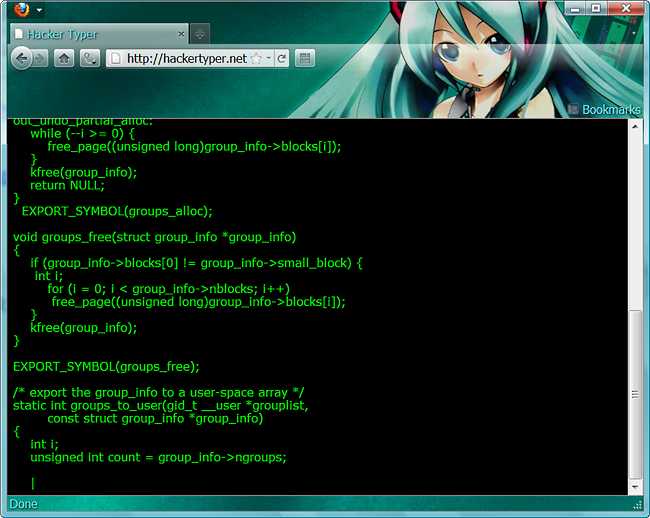

RadioReference has the most accurate frequency database-you can look at your area here.

Want to research on your own? You can use the same database the pros use: RadioReference. *Encryption percentage is rounded to the nearest 10 Metro AreaĮncryption isn’t always permanent, but once it reaches the state and federal level, it typically sticks.Īccurate, up-to-date information on encryption is difficult to keep track of because they change and, just for funsies, revert back.Įxhausting, right? We can look this up for you! What is encrypted varies from state to state (and often county to county) all over the US.Įach county (and to a lesser extent, municipality) makes its own laws regarding the deployment of encryption. This directly and indirectly affects U.S citizens, especially those who use police scanner radios to monitor transmissions including the media, amateur radio hobbyists, citizens, and anyone who uses a scanner to hear what’s going on in their area in real time.Įncryption of public airwaves by the government is a highly debated issue in the US and most states have some form of non-tactical encryption. People who oppose encryption believe that, when the public (including news sources) is denied access to police information, it leads to an inability for officers to be held accountable. People with favorable opinions on encryption believe that arming criminals with portable radios to monitor police activity is detrimental to officer safety. In the early 2000s, the advent of digital trunking systems spurred further concern that citizens would utilize scanners whilst committing a crime to evade law enforcement. Privatizing radio communications, both partially and fully, has become uncomfortably common since the transition away from long-held analog radio systems.


 0 kommentar(er)
0 kommentar(er)
